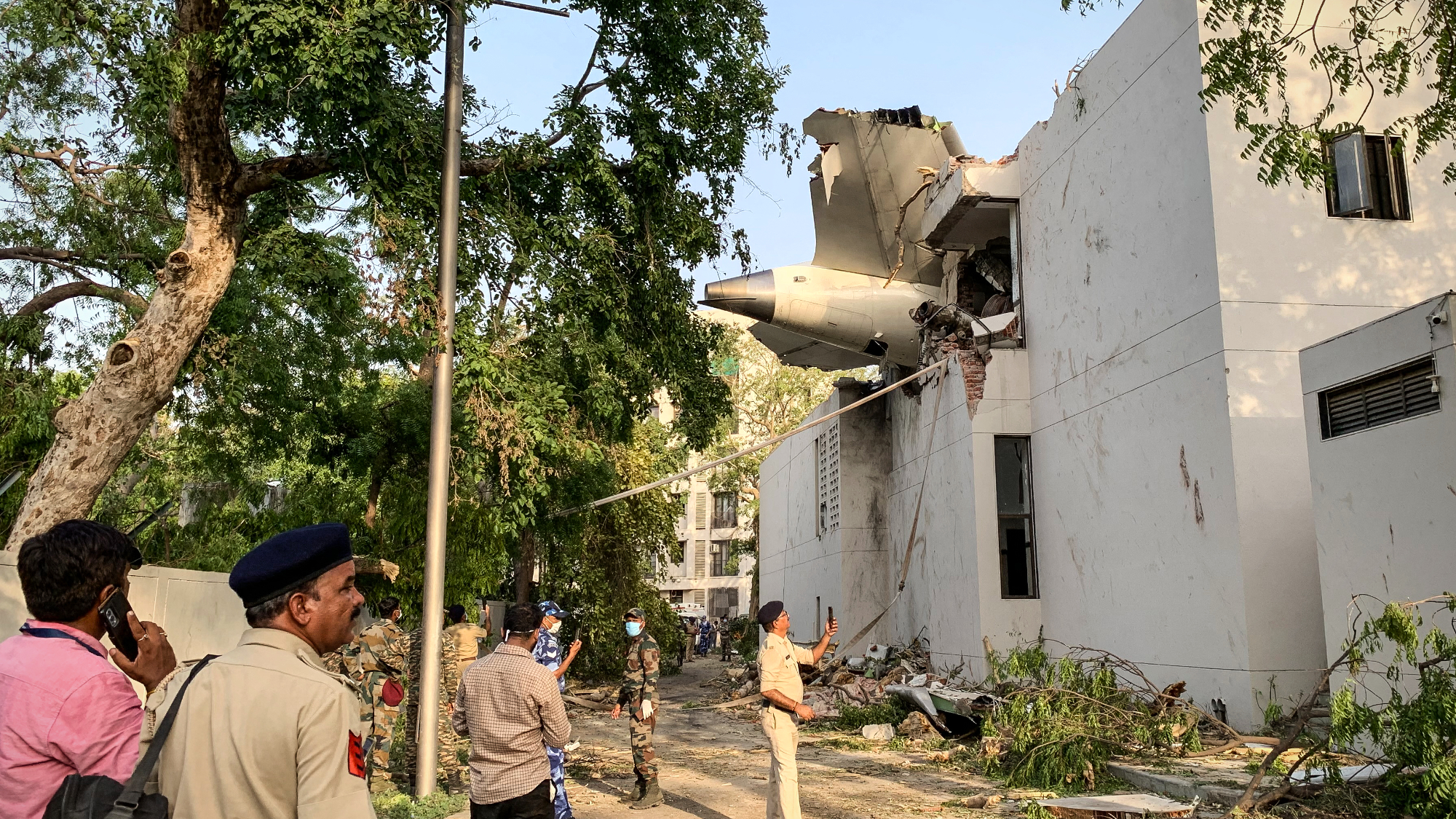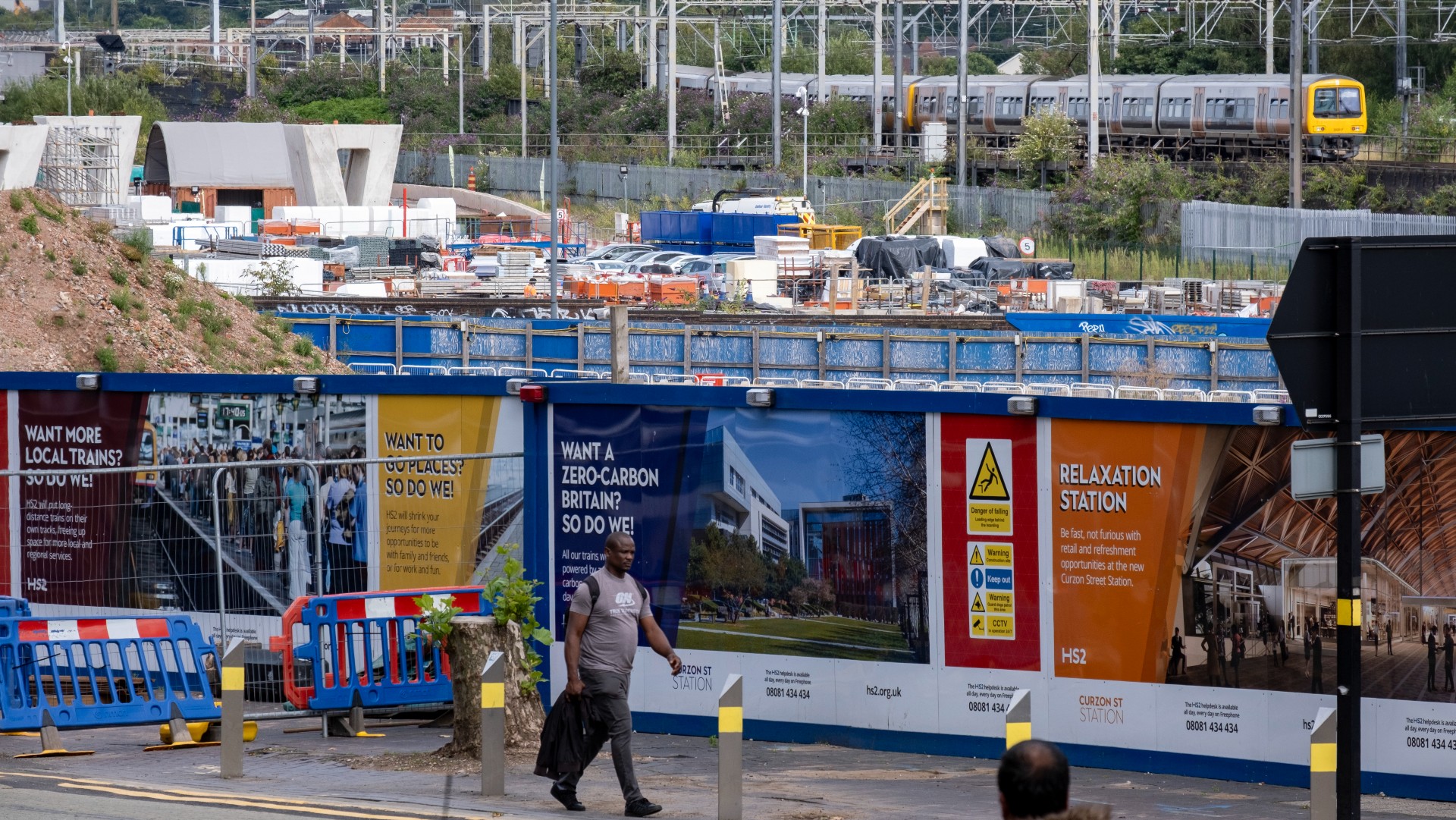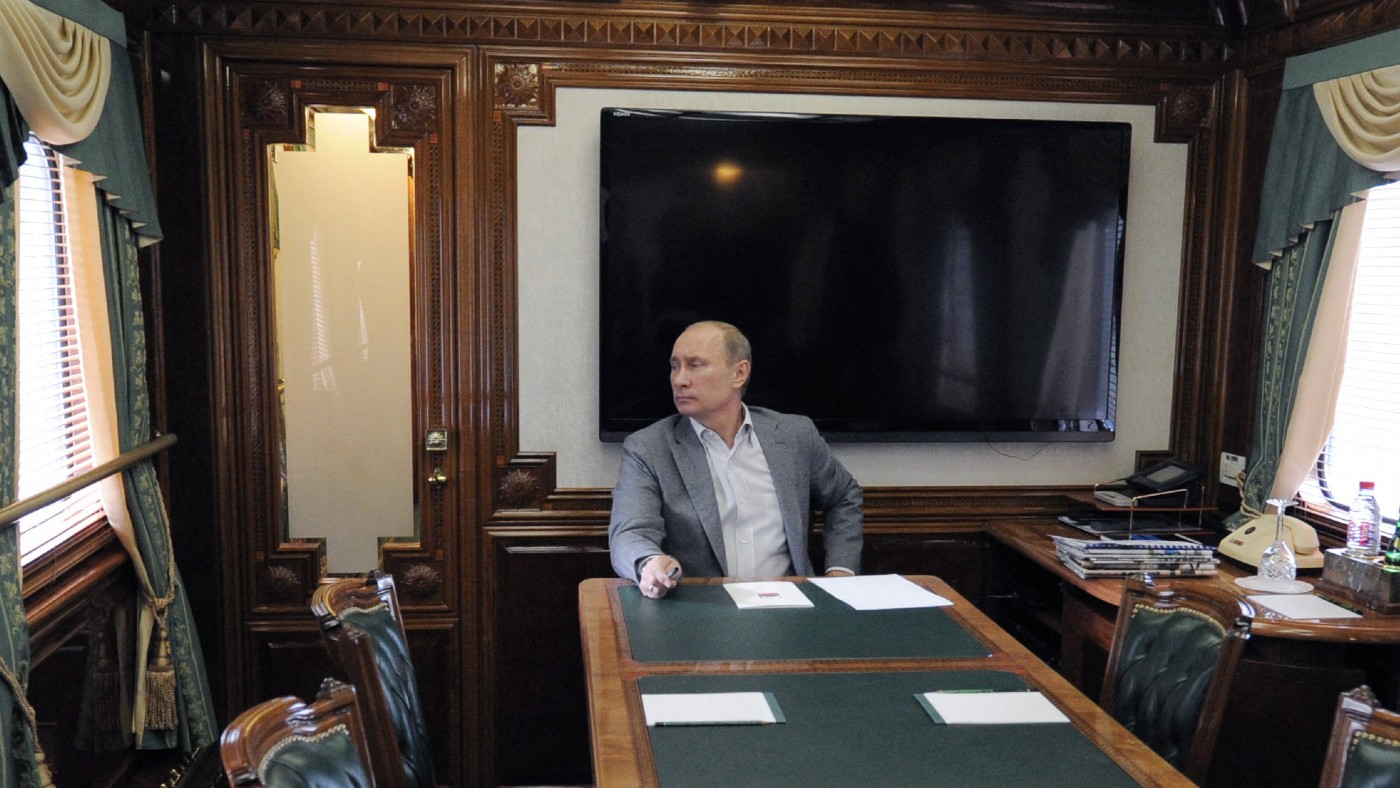How safe is India’s rail network?
Narendra Modi’s costly modernisation programme in spotlight after worst train disaster in decades

The Indian government’s costly rail modernisation programme is under intense scrutiny after the country’s worst train disaster in decades claimed the lives of at least 275 people and injured more than 1,000.
Last week’s crash, when a passenger train travelling at 80mph towards the city of Chennai veered on to the wrong track and hit a freight train before a second passenger train then hit the wreckage, occurred along one of India’s oldest and busiest routes. As a result it is “raising questions over the safety of the country’s massive and outdated rail network”, said CNN.
“In a country where major industry and political fortunes alike are often tied to a vast, interwoven rail system, India has lavished public resources on new trains, but its purse strings have been much tighter when it comes to ensuring the safety of those already racing along its tracks,” reported The New York Times (NYT).
The Week
Escape your echo chamber. Get the facts behind the news, plus analysis from multiple perspectives.

Sign up for The Week's Free Newsletters
From our morning news briefing to a weekly Good News Newsletter, get the best of The Week delivered directly to your inbox.
From our morning news briefing to a weekly Good News Newsletter, get the best of The Week delivered directly to your inbox.
What is the issue with modernisation?
“There is no railway system quite like the Indian railways” and trains remain an “essential lifeline” in the world’s most populus country of 1.4 billion people, said The Observer. First built more than 160 years ago under British colonial rule and now run by the state monopoly Indian Railways, the country’s 40,000 miles of tracks carry around 13 million passengers each day and 1.5 billion tonnes of freight each year.
Because of the importance of trains in connecting India’s fast-growing economy, Prime Minister Narendra Modi has allocated billions to upgrade and modernise the rail network. Last year alone, $30bn (£24.1bn) was committed to spend on new trains and stations, part of a modernisation plan that aims to deliver 100% electrification by 2024 and a target of net zero by 2030. At 65.8% India now has a higher proportion of its network electrified than France (60%) or the UK (38%).
Yet Modi has been accused of prioritising big-ticket projects at the expense of less glamorous upgrades to existing stock.
“The government’s record capital outlay for the railways, a 50% increase over the previous fiscal year, had focused on upgrading tracks, easing congestion and adding new trains, including a new, semi-high-speed train built in India called the Vande Bharat Express – or ‘Salute to India’,” said Sky News.
A free daily email with the biggest news stories of the day – and the best features from TheWeek.com
By contrast, “the amount spent on basic track maintenance and other safety measures has been falling”, the NYT said, citing a report last year by India’s auditor general.
“Decaying infrastructure is often cited as a cause for traffic delays and numerous train accidents in India,” said CNN. “Though government statistics show that accidents and derailments have been on the decline in recent years, they are still tragically common.”
So how dangerous is rail travel?
A railways ministry spokesperson said: “This question [on safety] is arising because there has been one incident now. But if you see the data, you will see that there have been no major accidents for years.”
The ministry claimed the number of accidents per million train kilometres fell to 0.03 in 2021-22, from 0.10 in 2013-14. This was way down from 2.2 in 1980 and 5.5 in 1961.
That may seem like a massive improvement, said the Financial Times (FT), but railway-related deaths in India remain “staggering”. Sky News reported that there were 100,000 train-related deaths in India between 2017 to 2021, according to a 2022 report published by the National Crime Records Bureau. This includes cases in which passengers fell from trains, collisions, and people being hit by speeding trains.
That said, rail travel in India is far safer than it was. Between 1980 to 2000, for example, there were an average of 475 derailments per year. In the decade to 2021 that number dropped to just over 50, said the NYT. More generally the number of serious train accidents dropped from more than 300 two decades ago to 22 in 2020.
Indian Railways is in the process of installing an anti-collision system, which causes trains to brake automatically, but so far it is only operational on 2% of the network. “Experts have in some cases questioned whether New Delhi is investing in the right places and have suggested that improvement in the capacity of railway staff has not kept pace,” said the FT.
What next?
While the cause of Friday’s crash is still unknown, it is widely believed to be related to a signal failure, which could be the result of a technical fault or human error.
Time magazine said: “Concerns about signal malfunctions had been expressed elsewhere in India earlier this year” and India’s Railway Board has recommended that the Central Bureau of Investigations (CBI), which investigates high-profile cases including fraud and corruption, take over the investigation.
The FT reported that Modi’s opponents have also “seized on the disaster to accuse the government of trying to deflect attention from its failure to invest in safety mechanisms”.
Mallikarjun Kharge, president of the Indian National Congress, the largest opposition party, wrote to the prime minister on Monday alleging that “the people in charge – your goodself and Railway Minister Ashwini Vaishnaw – do not want to admit that there are problems”.
Yet given the central role the railways play in Indian life, “a politician cannot go wrong by showering money on the system, and Prime Minister Narendra Modi has done just that, with no little fanfare”, said the NYT. So if there is to be fall guy for the disaster it is unlikely to be him.
-
 Air India crash highlights a new problem for Boeing: the Dreamliner
Air India crash highlights a new problem for Boeing: the DreamlinerIn the Spotlight The 787 had never been in a fatal crash before
-
 Hundreds die in Air India crash with 1 survivor
Hundreds die in Air India crash with 1 survivorSpeed Read The London-bound Air India Boeing 787 Dreamliner crashed soon after takeoff
-
 Is it finally all change for train Wi-Fi?
Is it finally all change for train Wi-Fi?In The Spotlight South Western Railway's 5G Wi-Fi service has changed the way passengers connect – but will the new system catch on?
-
 Brief Canada rail lockout ends with arbitration
Brief Canada rail lockout ends with arbitrationSpeed Read A prolonged shutdown could have threatened the country's supply chain
-
 HS2: a runaway train
HS2: a runaway trainTalking Point PM may cut Manchester to Birmingham line of beleaguered rail project due to spiralling costs
-
 Is Britain’s infrastructure failing?
Is Britain’s infrastructure failing?feature High costs, inflation, policy uncertainty and ‘nimby’ tax have led to ‘dire state’ of UK building projects
-
 ‘Ghost trains’ and armoured limos: how Vladimir Putin travels in secret luxury
‘Ghost trains’ and armoured limos: how Vladimir Putin travels in secret luxuryUnder the Radar Planes, trains and automobiles make up the Russian president’s fleet of undercover travel options
-
 How safe is train travel?
How safe is train travel?feature The Week looks at the safety records of modern railways in Europe, the US and the UK


